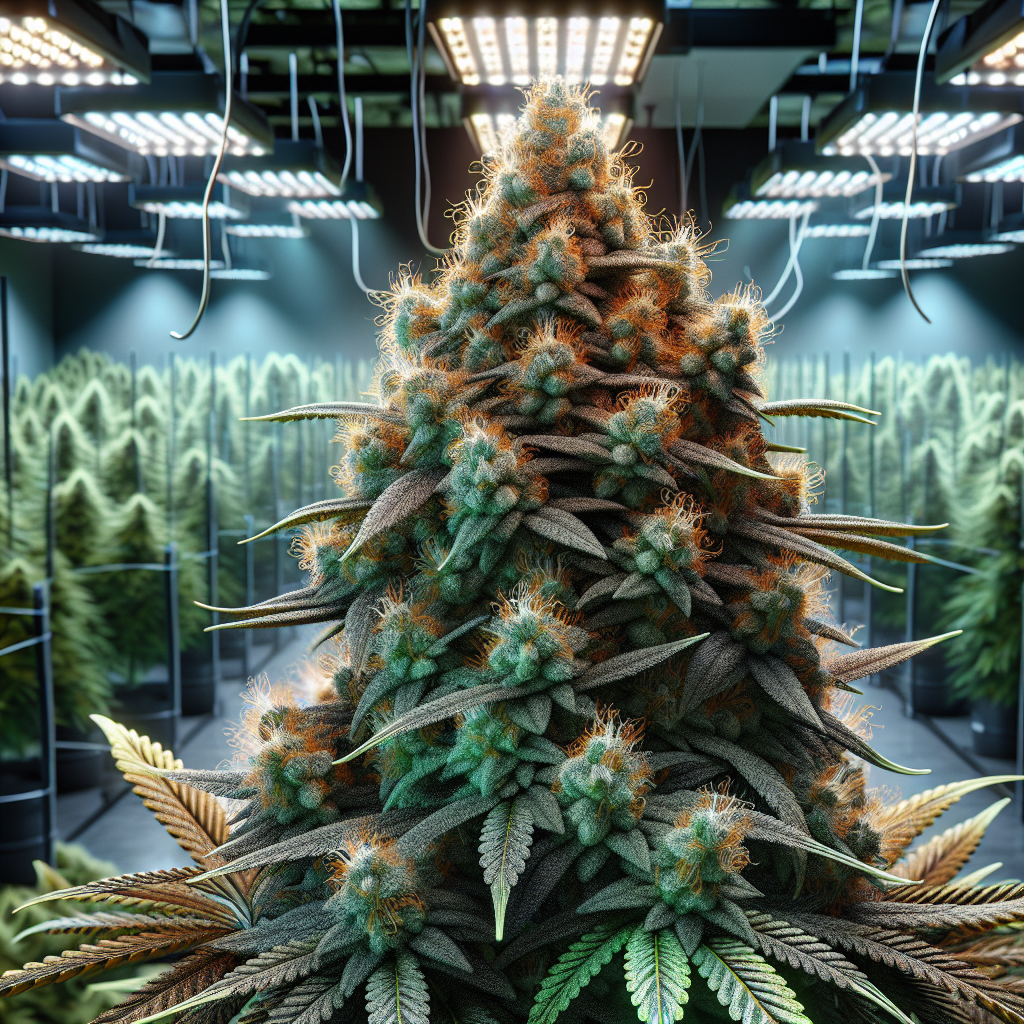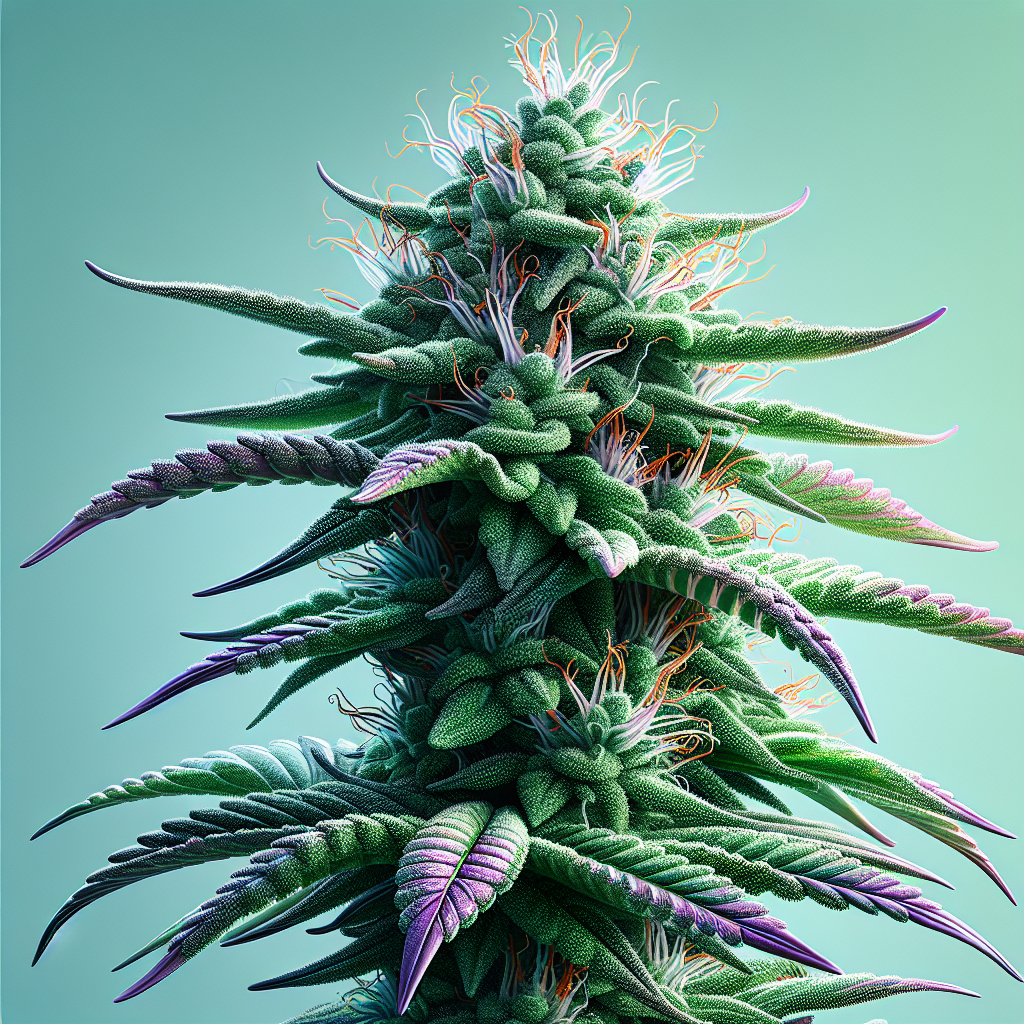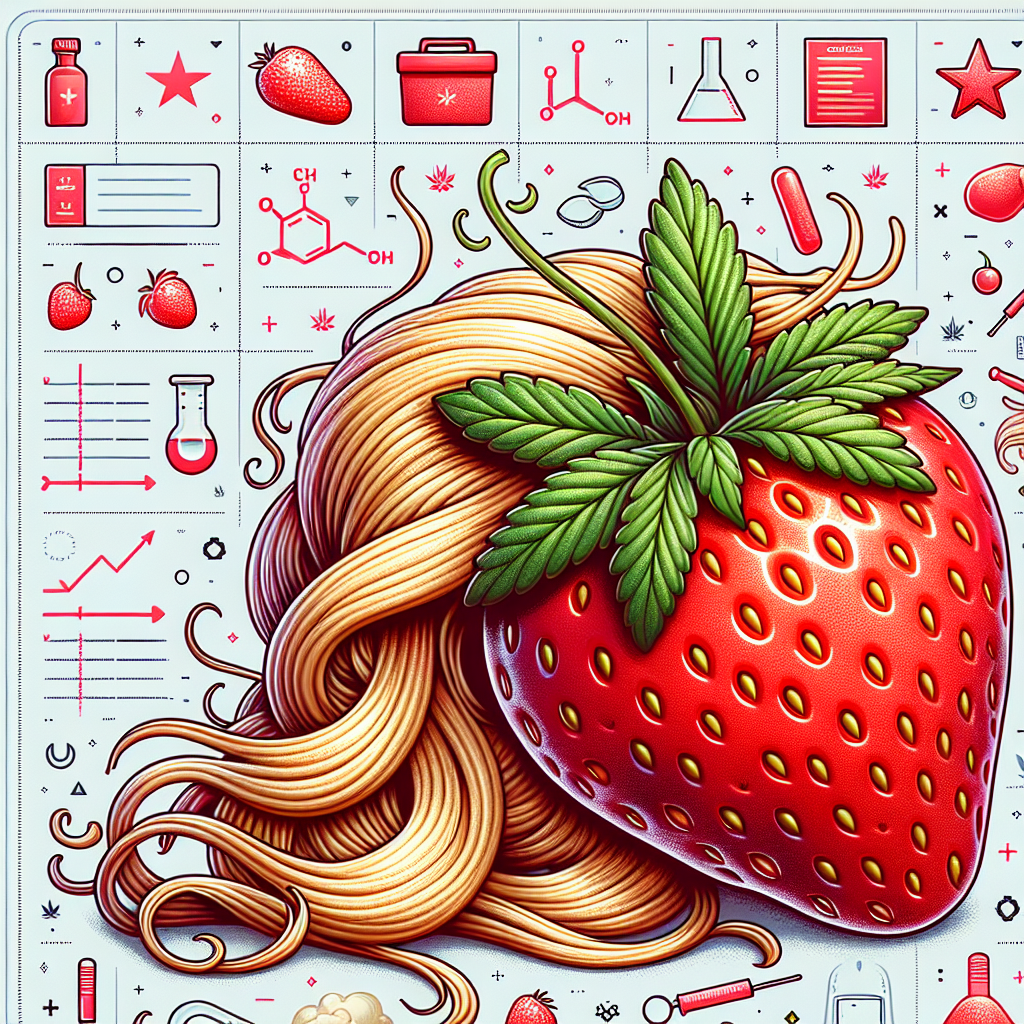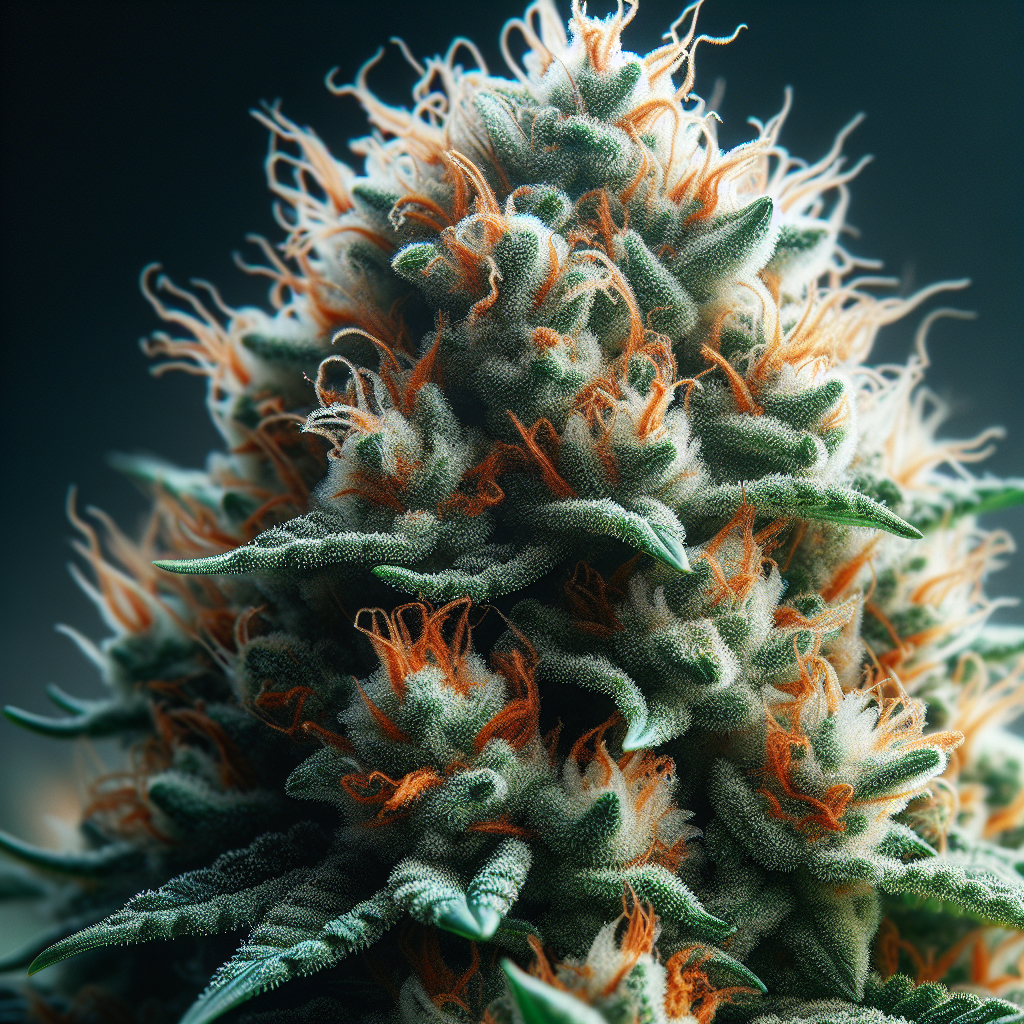Microdosing Cannabis: Unlocking the Benefits of a Subtle High
In recent years, cannabis has gained traction not just as a recreational substance but also as a potential tool for mental wellness and productivity. Among various methods of consumption, microdosing has emerged as a popular approach that promises to offer the benefits of cannabis without the overwhelming high that often accompanies traditional use. This comprehensive guide will delve into the concept of microdosing cannabis, its potential benefits, dosage guidelines, methods of consumption, and considerations for those interested in exploring this subtle yet impactful method of cannabis use.
What is Microdosing?
Microdosing involves taking small, sub-threshold amounts of a substance—in this case, cannabis—to experience its psychoactive effects without the full intoxication. Typically, users consume around 1/10th to 1/20th of a recreational dose. For cannabis, this usually translates to somewhere between 1 to 5 milligrams of THC (tetrahydrocannabinol), depending on individual tolerance and the strain used.
The Psychology Behind Microdosing
The rationale behind microdosing lies in the idea of harnessing the potential benefits of a substance while minimizing adverse effects. With cannabis, many users report feeling more creative, focused, and relaxed without the cognitive fog that can sometimes accompany higher doses. Microdosing aims to provide a more productive and functional experience that allows individuals to go about their daily routines with enhanced well-being.
The Benefits of Microdosing Cannabis
Microdosing cannabis is believed to offer a variety of benefits, particularly for mental health and overall wellness. Let’s explore some of these potential advantages.
1. Enhanced Creativity and Productivity
Many creatives and professionals have turned to microdosing cannabis to help unlock new levels of inspiration. Anecdotal evidence suggests that low doses of THC can enhance divergent thinking, promote lateral problem-solving, and generate new ideas without the lethargy that often follows higher doses.
2. Reduced Anxiety and Stress
For some users, microdosing cannabis helps alleviate anxiety and stress. Low doses of THC might help users feel more at ease in social situations and reduce feelings of overwhelm without impairing cognitive function. Additionally, some studies have indicated that cannabis may positively influence the endocannabinoid system, playing a role in modulating stress responses.
3. Improved Mood and Emotional Resilience
Research has shown that cannabis can influence mood-regulating neurotransmitters like serotonin and dopamine. Microdosing may help stabilize mood, making it a valuable option for individuals experiencing mild depression or mood swings. Users often report that microdosing allows them to navigate challenges with a more balanced perspective.
4. Pain Management and Inflammation Reduction
Cannabis has long been recognized for its analgesic properties. Microdosing may provide relief from chronic pain, headaches, and inflammation without the sedation or impairment that can accompany higher doses. This can be particularly beneficial for individuals who prefer to remain active and engaged in their daily lives.
5. Enhanced Focus and Attention
Microdosing can help individuals with conditions such as ADHD or those who struggle with focus. Low doses of cannabis may improve concentration and attention span, allowing users to sustain focus on tasks without the distractions often brought on by higher doses.
Dosage Guidelines for Microdosing Cannabis
Finding the right dosage is crucial to experiencing the benefits of cannabis microdosing. It’s important to remember that individual responses can vary widely based on factors like body weight, metabolism, tolerance, and the specific strain of cannabis used.
Starting Low and Slow
-
Determine Your Substance: Choose a cannabis strain with a balanced mix of THC and CBD (cannabidiol). Some users prefer high-CBD strains to limit psychoactive effects.
-
Begin with a Conservative Dose: If you’re new to microdosing, start with a low THC dose of around 1-2 milligrams. For individuals who are less tolerant or have never consumed cannabis, 1 milligram may be more appropriate.
-
Observe Effects: Wait several hours after your initial dosage to gauge effects. Take note of how you feel, both physically and mentally.
- Adjust Gradually: If needed, gradually increase your dosage by 1-2 milligrams, always allowing adequate time to assess your body’s response. This "low and slow" approach helps ensure that you stay within your comfort zone.
Daily Microdosing Schedules
Users often create personalized microdosing schedules to integrate cannabis into their daily routines effectively. Common practices include:
-
Weekday Microdosing: For individuals aiming to enhance productivity and focus while at work or school, a low dose taken in the morning may be beneficial.
-
Social Microdosing: Some users prefer to microdose before attending social gatherings to reduce anxiety and enhance engagement with others.
- Evening Microdosing: Using cannabis at night in small amounts may promote relaxation and aid in sleep without inducing heavy sedation.
Methods of Microdosing Cannabis
There are several methods for consuming microdoses of cannabis, each with its unique benefits and consideration factors.
1. Tinctures
Cannabis tinctures offer a precise and effective way to microdose. These alcohol-based extracts come in dropper bottles, allowing users to control the dosage easily. Tinctures also have a relatively quick onset, making it straightforward to assess effects.
How to Use: Place the desired number of drops under the tongue and hold for 30-60 seconds before swallowing.
2. Edibles
Cannabis-infused edibles (e.g., gummies, chocolates) are popular options for microdosing. However, they can have unpredictable onset times and effects, making it harder to achieve precise microdosing.
How to Use: Start with a small (1-5 mg) edible, and be cautious of the delayed effects (typically 1-2 hours) before consuming more.
3. Vaping
Vaping cannabis allows for more immediate effects compared to edibles, simplifying the microdosing experience. Vaping oil or flower can provide a controlled dosage if you use a precision vape device.
How to Use: Take a small puff and wait for several minutes to assess the effects. It is easy to adjust the dose with vaping.
4. Capsules
Cannabis capsules offer a straightforward microdosing option with precise dosages. They resemble traditional supplements, and users can easily incorporate them into their daily routines.
How to Use: Carefully read the dosage per capsule and consume accordingly.
5. Raw Cannabis Juicing
A lesser-known method, juicing raw cannabis leaves can provide potential health benefits without psychoactive effects. This method is rich in nutrients and cannabinoids without the intoxicating effects of heated cannabis.
How to Use: Blend raw leaves into smoothies or juices to enjoy the nutrients and cannabinoids.
Considerations and Cautions
While microdosing cannabis is often seen as a safer alternative to traditional dosing, there are still important considerations to keep in mind:
1. Legal Status
Be mindful of your local laws regarding cannabis use and possession. In some regions, even microdosing can carry legal implications.
2. Personal Sensitivity
Each person has a unique response to cannabis. Some individuals may find that even small amounts induce discomfort or anxiety. If this occurs, it’s best to reduce the dosage or discontinue use.
3. Quality and Source
Source cannabis products from reputable dispensaries or growers to ensure consistent quality and accurate labeling of THC and CBD content.
4. Individual Medical Conditions
Individuals with a history of substance use disorder or psychiatric conditions should approach microdosing with caution and consult with healthcare professionals beforehand.
Conclusion
Microdosing cannabis offers a promising avenue for individuals seeking to harness the benefits of cannabis while minimizing adverse effects. The careful calibration of dosage and the method of consumption allows users to integrate cannabis into their lives in a more functional and manageable way. As research continues to evolve, understanding more about microdosing will empower users to make informed choices.
FAQ Roundup
Q1: What is microdosing cannabis?
A1: Microdosing cannabis involves consuming low, sub-perceptual doses of cannabis—typically around 1-5 milligrams of THC—to harness its benefits while avoiding the full intoxicating effects.
Q2: What are the benefits of microdosing?
A2: Potential benefits of microdosing include enhanced creativity, reduced anxiety and stress, improved mood, pain management, and heightened focus.
Q3: How do I find the right dosage for microdosing?
A3: Start with a low dose (1-2 mg of THC), observe effects, and gradually adjust as necessary, always allowing adequate time to assess your response.
Q4: What are the best methods for microdosing cannabis?
A4: Methods for microdosing include tinctures, edibles, vaping, capsules, and raw cannabis juicing, each with its benefits and considerations.
Q5: Is microdosing cannabis legal?
A5: Legal status varies by jurisdiction. It’s crucial to know local laws around cannabis use and possession.
Q6: Can anyone microdose cannabis?
A6: While many people can benefit from microdosing, individuals with a history of substance use or certain medical conditions should consult a healthcare professional before trying it.
Microdosing can be a valuable and empowering approach to cannabis use, allowing individuals to navigate their daily lives with enhanced creativity, focus, and a sense of well-being. With careful consideration and an informed approach, microdosing offers a unique means to experience the positive effects of cannabis in a manageable way.





